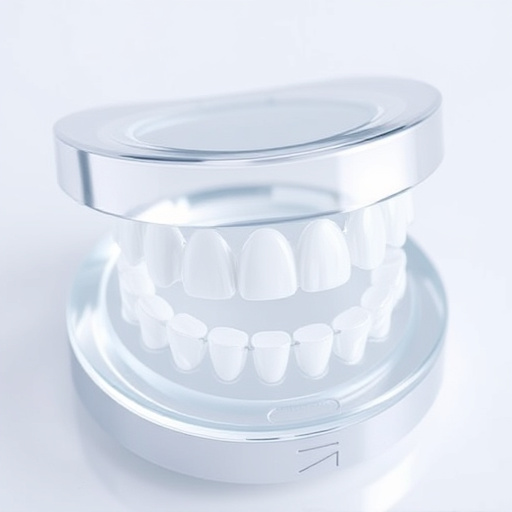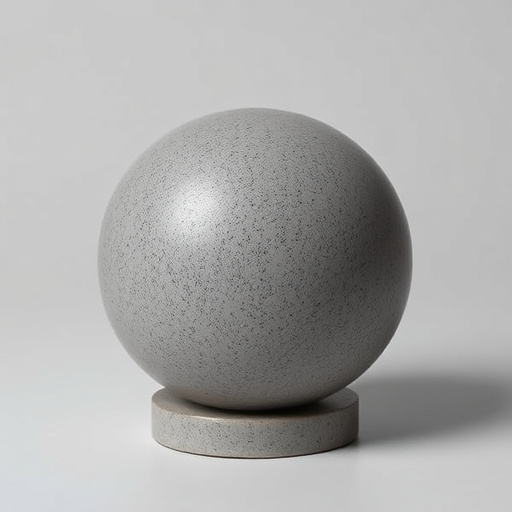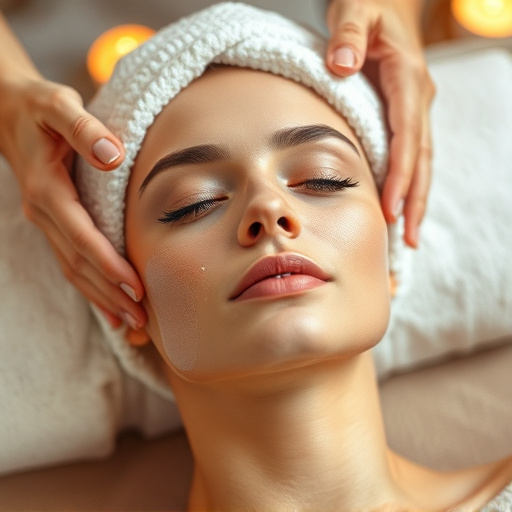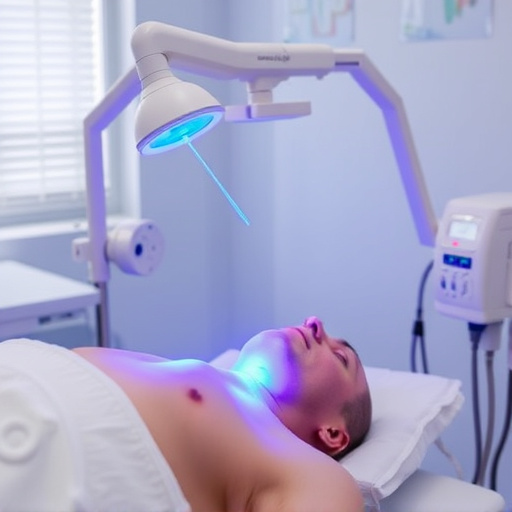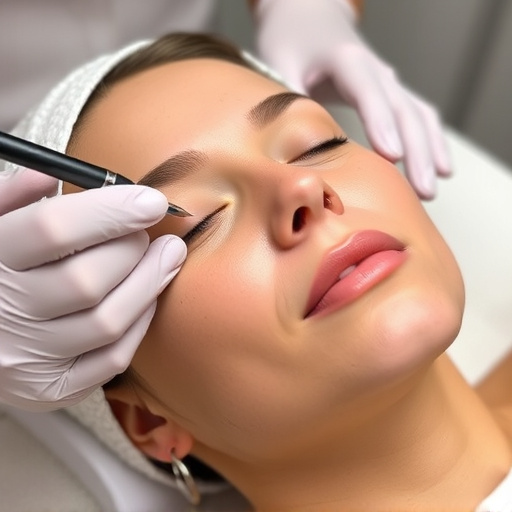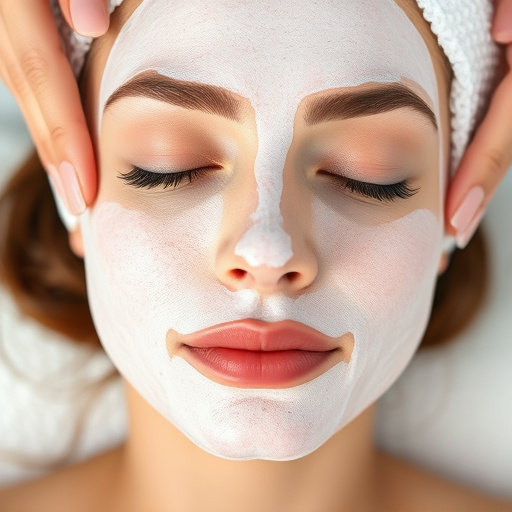Comprehensive skin analysis devices have revolutionized at-home skincare with AI and advanced imaging, detecting issues like fine lines and pigmentation problems. Their accuracy compared to professional assessments is crucial, with user feedback and independent studies needed to understand effectiveness. These tools are best as a starting point for exploration, requiring a critical approach that prioritizes scientific evidence over individual testimonials due to evolving underlying science and subjective perceptions.
Are at-home comprehensive skin analysis devices a game-changer for self-care or just clever marketing? With the rise of DIY beauty routines, these devices promise in-depth insights into your skin’s health. This article delves into the world of comprehensive skin analysis technology, comparing device accuracy through scientific studies and user feedback. We explore how reliable these tools are, considering both technological advancements and the subjective nature of skincare perceptions.
- Understanding Comprehensive Skin Analysis Technology
- Comparing Device Accuracy and User Feedback
- Evaluating Reliability: Science vs. Subjective Experience
Understanding Comprehensive Skin Analysis Technology
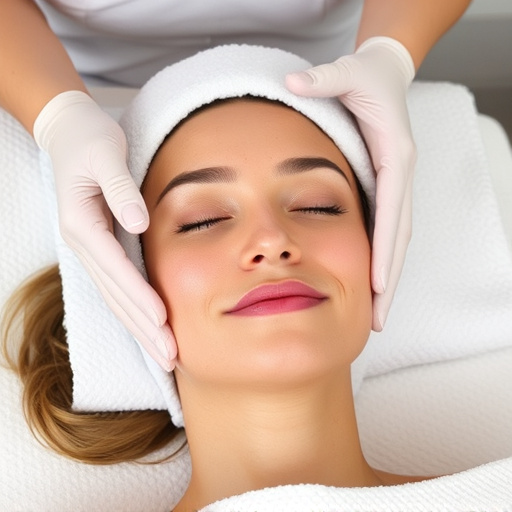
Comprehensive skin analysis devices have revolutionized at-home skincare routines by offering a deeper understanding of your skin’s health and appearance. These advanced technologies employ various methods to scrutinize multiple layers of the skin, providing insights beyond what the naked eye can detect. By integrating artificial intelligence and sophisticated algorithms, these devices analyze visual data, often combining high-resolution imaging with other sensory inputs.
This process enables them to identify skin concerns such as fine lines, pigmentation issues, and even early signs of aging. Some devices go a step further by offering personalized recommendations for skincare routines, suggesting products or non-surgical treatments tailored to an individual’s unique skin profile. For instance, these tools can guide users toward customized facials or targeted body contouring solutions, ensuring effective and safe practices.
Comparing Device Accuracy and User Feedback
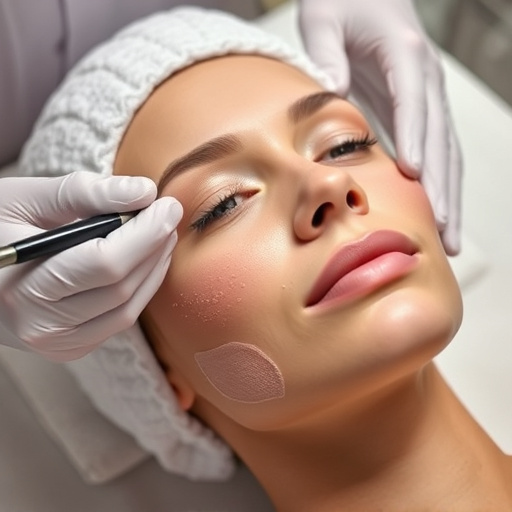
When evaluating the reliability of at-home comprehensive skin analysis devices, a crucial aspect to consider is their accuracy compared to professional assessments. While these gadgets often boast impressive capabilities, such as detecting signs of aging, hyperpigmentation, and even acne, real-world performance can vary significantly. Independent studies and user feedback play a pivotal role in understanding their effectiveness.
Many users appreciate the convenience of at-home skin analysis, especially for regular monitoring of skin health. However, it’s essential to interpret results with caution. Some devices may provide detailed insights into skin concerns like pore refinement and laser hair removal, but others might fall short, particularly when it comes to complex issues or conditions that require medical expertise. User feedback suggests that while these tools can offer valuable information, they should be used as a starting point for further exploration rather than definitive solutions, especially for those seeking body contouring treatments or addressing deeper skin concerns.
Evaluating Reliability: Science vs. Subjective Experience
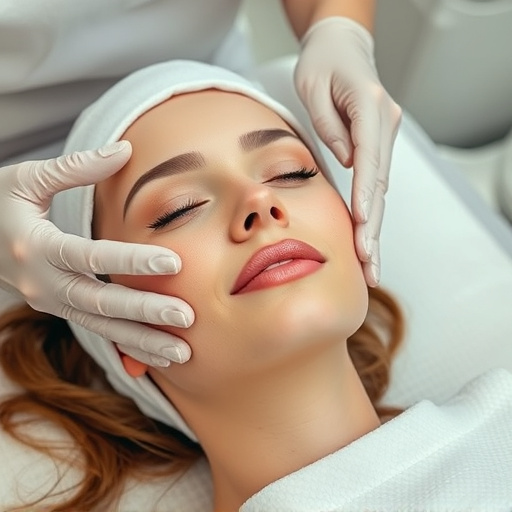
When it comes to evaluating the reliability of at-home comprehensive skin analysis devices, it’s crucial to understand the distinction between scientific validation and subjective experiences. While these gadgets often claim to offer accurate insights into skin health through advanced sensors and AI algorithms, the reality is more nuanced. The science behind many of these technologies is still evolving, with studies constantly exploring their efficacy in clinical settings.
For instance, while some at-home devices promise improvements in skin tightening or brightening, there’s a significant gap between user perceptions and verifiable results. Chemical peels, a common procedure for skincare professionals, may not yield the same transformative effects when attempted at home via these gadgets. Subjective experiences can vary greatly, and personal expectations often influence how users perceive the outcomes. Therefore, it’s essential to approach these devices with a critical eye, relying on scientific evidence rather than solely on individual testimonials.
Comprehensive skin analysis devices have emerged as tools to democratize skincare knowledge, but their reliability remains a topic of discussion. While scientific studies show promising accuracy in certain aspects, user feedback highlights variations and potential limitations. Ultimately, these at-home devices offer a convenient starting point for personalized skincare routines, but individual results may vary, emphasizing the need for verification by dermatological professionals.



